Question of the Week: October 7, 2021
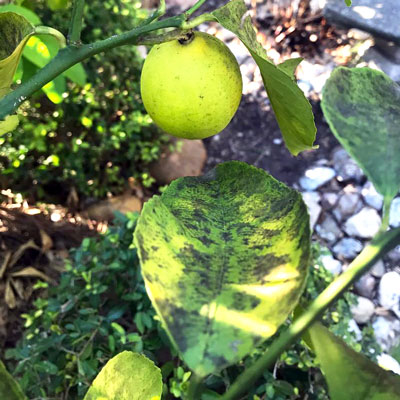
“How can I eliminate this black mold that’s all over my plants?”
What you are seeing is a fungus called sooty mold. It’s a frequent visitor to many plant species.
I grew up in College Station. We had gardenias out the front door and privet hedge across the backyard. Whiteflies were there by the thousands. I was too young to realize it back then, but the white flies (insects) were the direct reason that sooty mold showed up.
Here’s the back story on sooty mold fungus…
• Sooty mold requires a sugary substrate. Horticulturists give that sticky coating insects exude over surfaces “honeydew.”
• Given that “honeydew” the fungus will develop on leaves and trunks of almost any species, even on cars and boulders. All it needs is that substrate.
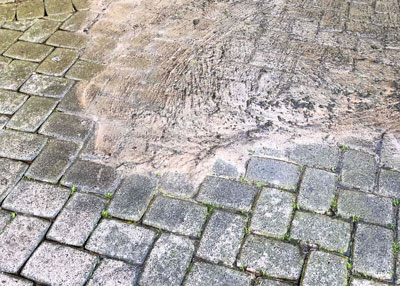
Several types of insects are known for the honeydew they secrete as they suck sap out of their host plants’ leaves. Here are some of the most common:
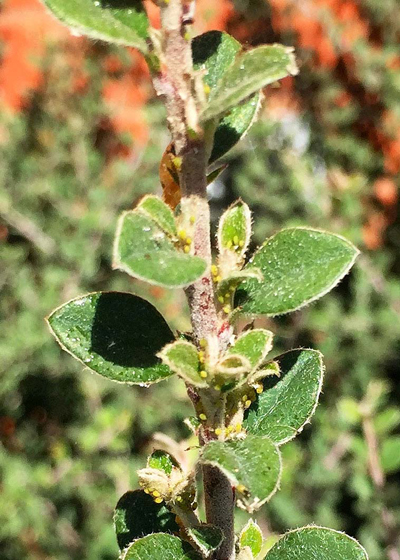
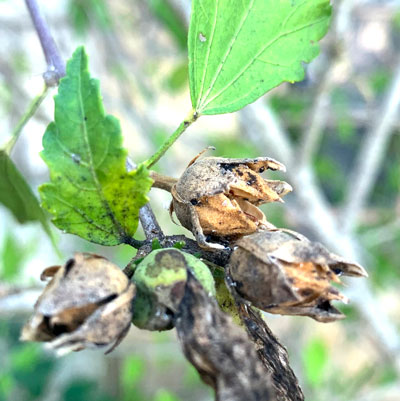
• Aphids. Generally pinhead-sized, these are always pear-shaped. They colonize in great numbers, usually on new growth. You’ll see the tiny “driplets” of sap falling as they feed on pecans, oaks, crape myrtles and other tall plants. They’ll also appear on shrubs, annuals and perennials.
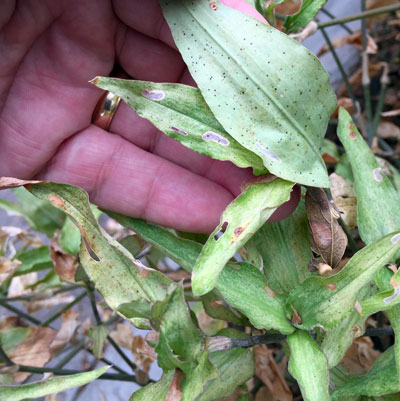
• Lacebugs. I’m probably just imagining things, but it seems like these pests have started attacking a much larger list of host plants in the past 25 years. Bur oaks, chinquapin oaks, Texas sage, pyracanthas, boxwoods, azaleas and Boston ivy come to mind. I’m sure there are others.
You may not see the Cellophane-like adult insects, but you’ll definitely see the tan mottling they cause to the leaves as well as the black, waxy droppings they leave on the backs of the leaves.
• Whiteflies. These are tiny fly-like, pure white insects that are found on gardenias, privets, tropical hibiscus and several other cultivated plant species. They’re more annoying than harmful, but they do leave honeydew on the leaf surfaces, and it gives rise to sooty mold. They’re difficult to control once they get started, so deal with them at first evidence.
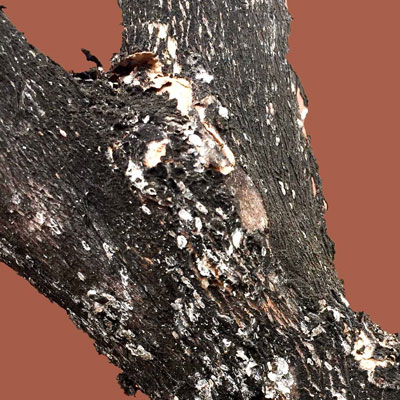
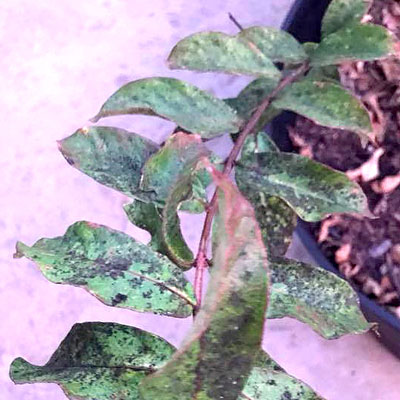
To control the sooty mold you need to control the honeydew…
And that’s going to mean controlling the insects that secrete it. (It’s the same message over and over.) Aphids and lacebugs are fairly easily controlled with contact insecticides applied at first signs of the pests.
The same insecticides will be labeled for whiteflies, but you’ll need to be vigilant about spraying as soon as you see them and repeatedly until you eliminate them.
Crape myrtle bark scale is most successfully treated preventively with a systemic insecticide (Imidacloprid) applied in mid-May, before the plants come into bloom.
You can also use a soft sponge or rags and warm, soapy water to scrub the moldy crust (and scales) off the trunks if you wish. Just don’t rub hard enough that you damage the stem tissues of the crape myrtles. Follow up with the systemic insecticidal drench in mid-May.
